About Lower Coonamessett River Conservation Lands
The Coonamessett River cuts through a narrow valley in the outwash plain and empties into Great Pond on Vineyard Sound. The Coonamessett River corridor in East Falmouth contains conservation land, former cranberry bogs and the Town of Falmouth's most important herring run. The first effort to protect the river began with the herring run in 1964 when the town purchased a small parcel bordering the river; additional conservation lands were acquired over the last 50 years. Before and during this era, cranberry harvesting was an important part of Falmouth’s river heritage. First cultivated on Cape Cod in 1816, commercial production of cranberries started in the late 1800s. This area was home to Lower and Middle Bog, cranberry bogs that were actively farmed, for decades. However, after a decline in the cranberry industry, the Town's Conservation Commission made a compelling case for the restoration of this area to reinvigorate habitats for native fishes and other animals. Today, through the efforts of both the Town and The 300 Committee, more than 500 acres within the river corridor are now permanently protected. Upland, bog, wetlalnd and riverfront preserve natural resources and protect the watershed.
The Coonamessett River Restoration project got underway in 2017 and the lower River was dredged and re-routed to improve river flow and enhance habitat for native fish like trout and herring. More than a dozen project partners have contributed millions of dollars in funding to the river restoration and creation of the Coonamessett Greenway Heritage Trail (CGHT), a 3.2-mile passive recreation trail within more than 280 contiguous acres of permanently protected land on both sides of the river. The Lower River Loop Trail, a 7/10 mile accessible portion of the CGHT, includes two boardwalks across the river. The first, Dexter's Mill Crossing, opened to the public in May of 2018. The second accessible boardwalk across the river is Swifts Crossing. In addition to these boardwalks, the CGHT includes wetland walkways, the Gateway to the Greenway park and eleven waystations with educational signage.
Many birds frequent this area. Birds of prey can be seen hunting for food: osprey searching for herring, or alewife, in the waterways and red-tailed hawks searching for mice and other small creatures in the upland. Native vegetation such as Swamp Azalea, Sweet Pepperbush, White Oak, Scarlet Oak and Tupelo are making their comeback on the riverbank.
Parking and access are from two driveways on the west side of John Parker Road at #58.
